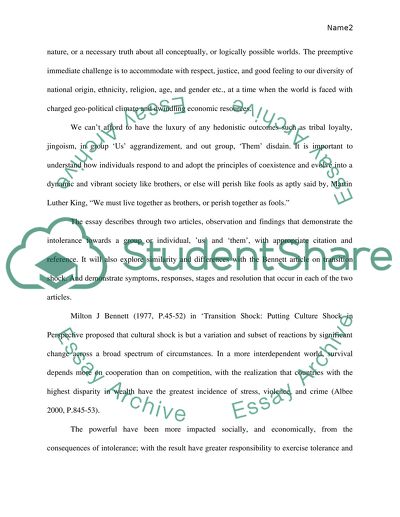Cite this document
(“Intolerance Essay Example | Topics and Well Written Essays - 1250 words”, n.d.)
Retrieved from https://studentshare.org/environmental-studies/1417670-intolerance
Retrieved from https://studentshare.org/environmental-studies/1417670-intolerance
(Intolerance Essay Example | Topics and Well Written Essays - 1250 Words)
https://studentshare.org/environmental-studies/1417670-intolerance.
https://studentshare.org/environmental-studies/1417670-intolerance.
“Intolerance Essay Example | Topics and Well Written Essays - 1250 Words”, n.d. https://studentshare.org/environmental-studies/1417670-intolerance.


